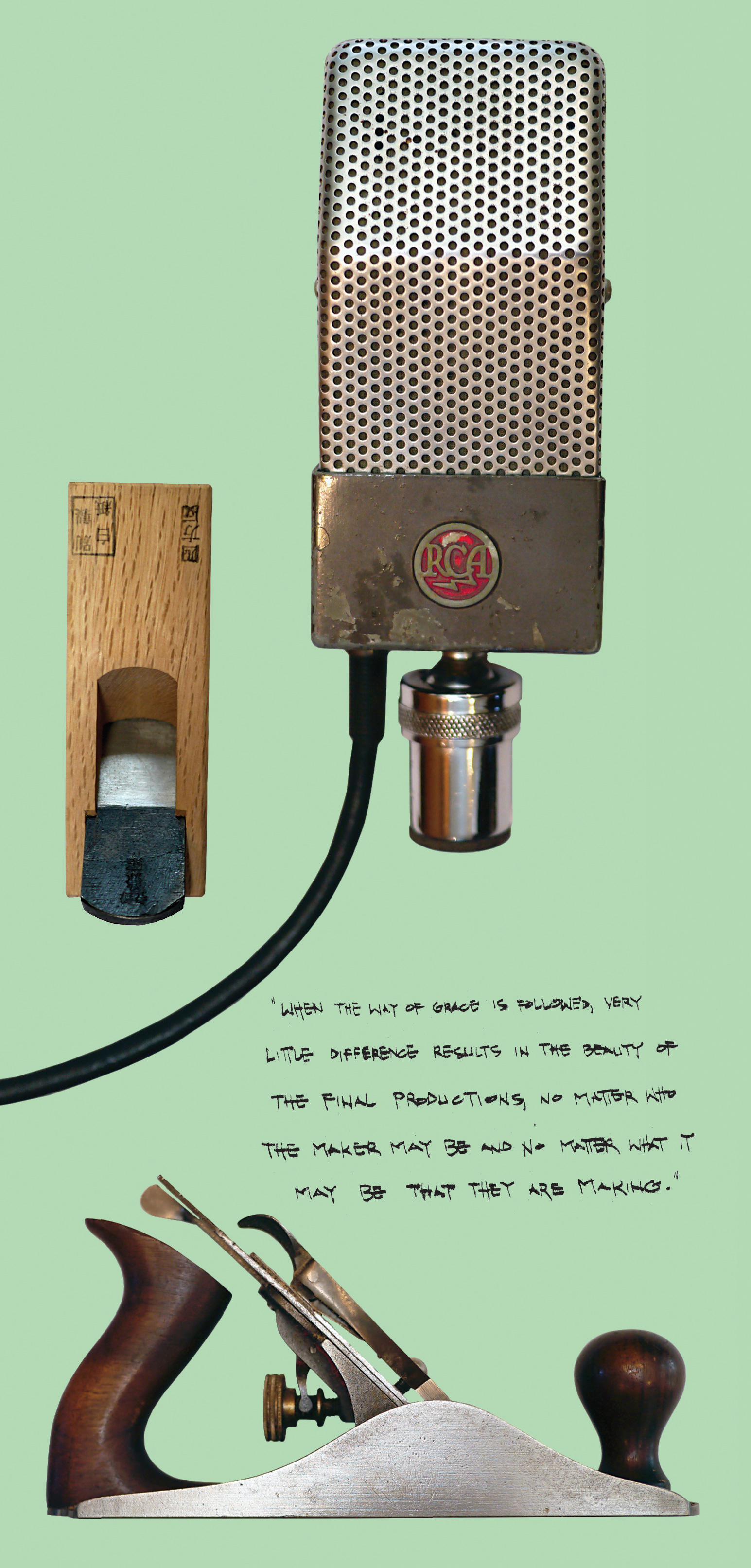With the introduction of UAD Spark, Universal Audio’s new subscription-based native plug-in collection, longtime UAD users (like myself) now have access to a subset of our existing go-to UAD DSP-powered plug-ins available “on the go,” so to speak. Among other benefits, I have the luxury of freeing up DSP resources on my Apollo [Tape Op #140] interface when mixing. These Spark iterations of the UAD plug-ins, such as the UA 1176 or Teletronix LA-2A Collection, are identical to their DSP-powered counterparts: this can be validated via null testing. And, if you have an M1-powered Mac, they run natively on Apple Silicon (PC support coming this fall). So, all is good with the world and your wallet, right?
Along comes the good ol’ Gear Acquisition Gremlin (inevitably) with something new for both Spark and UAD users: UA’s superb emulation of the unobtanium Motown classic seven-band EQ units, initially installed in the famous Hitsville U.S.A. Motown studios in Detroit and L.A. Two EQ models are included in the UA Hitsville EQ Collection purchase: the Studio Equalizer single-channel model and the passive Stereo Disk Mastering Equalizer. When I say “unobtanium,” this is not hyperbole: only 46 of the Studio EQ units were produced some 60 years ago – and only six of the Mastering EQ units were ever built and installed. Of those six, UA found what they believe to be the only still-functioning Hitsville Mastering EQ, which was the basis for their end-to-end emulation. We live in a world of wonders and should be grateful every day.
Installation and update management for the Spark version we tested is handled exclusively through the slick new UA Connect app that works with your iLok registration (cloud-based or physical key). The interface is super-intuitive, with a dip/peak of ±8 dB of gain in 1 dB stepped increments per each of the seven fixed frequency bands. There are some workflow enhancements here that should be lauded. I love the new tagging system in the UA Spark preset browser, and the “hidden” interface shortcuts to display a variety of session-friendly UX elements written on the front panel in virtual grease pencil. Hopefully, a similar preset browser finds its way into the UAD neighborhood; it’s quite satisfying.
The In, Out, and Off switch is essentially what you’d expect: it affects whether the EQ processing is applied to your signal, duh. Setting the control to Out instead of Off bypasses the EQ section. However, your signal still passes through the modeled transformer and op-amp emulation to take advantage of all those lovely non-linearities. Especially when driving the input into the plug-in – the Hitsville can take a surprising amount of input gain and distorts quite nicely (results may vary; proceed at your own risk).
I found the Mastering EQ plug-in confidently at home on subgroups and buses, and the included mid/side feature (the one element not present on the original hardware) is especially welcome on my master bus, where it can add substance, grit, and width. The low/high/band-pass filters are fixed values (70 Hz high-pass, 15 kHz low-pass, and a combined 70 Hz and 15 kHz band-pass) and were originally found in the Hitsville cutting lathe to help shave off unneeded frequencies in the Motown mastering stage while carving those super punchy and hot lacquers. The filters are interesting – they are very steep (especially at 15 kHz) but not surgical, and can really help tighten up subgroups in a pleasing way. I found the band-pass surprisingly helpful, and that filter interacts with the EQ in a very musical and pleasant way – I can boost neighboring frequencies without harsh linear phase artifacts. The half-speed function reduces each band by exactly one-half, allowing for an expanded EQ range (another Motown production trick – they would cut the masters with the tape machine and vinyl lathe running at half speed to maximize the gain and detail in their lacquers – haven’t we always been in a loudness war?).
Easy to use, affordable, sounds exceptional, and has a relatively low CPU impact – I’m a fan! That said, I have one tiny gripe: the plug-in window is not re-sizable, which can be a hindrance with DAWs that allow the interface to zoom in/out like, well, most DAWs these days. That said, currently on sale for $149, the Hitsville EQ Collection is a no-brainer – whether it’s for mixes working in that vintage space with plenty of non-linear harmonic yum factors or, surprisingly, for clean, “modern” mixing workflows.




_disp_horizontal_bw.jpg)